|
|
|
|
|
|
|
|
Photo Gallery for Anolis carolinensis - Green Anole
| 52 photos are available. Only the most recent 30 are shown.
|
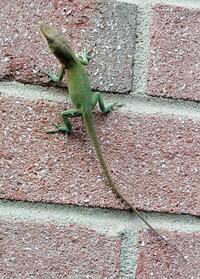 | Recorded by: Simpson Eason
Durham Co.
Comment: |  | Recorded by: Alina Martin
Cherokee Co.
Comment: |
 | Recorded by: Alina Martin
Cherokee Co.
Comment: |  | Recorded by: Alina Martin
Cherokee Co.
Comment: |
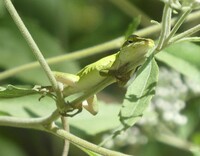 | Recorded by: Simpson Eason
Durham Co.
Comment: |  | Recorded by: B. Bockhahn
Richmond Co.
Comment: |
 | Recorded by: K. Bischof
Chatham Co.
Comment: |  | Recorded by: Andrew W. Jones
Gaston Co.
Comment: |
 | Recorded by: Nora Murdock
Henderson Co.
Comment: |  | Recorded by: Alina Martin
Swain Co.
Comment: |
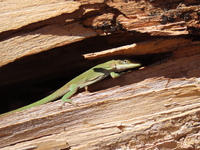 | Recorded by: Alina Martin
Swain Co.
Comment: | 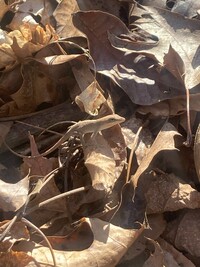 | Recorded by: Stephanie Willis
Randolph Co.
Comment: |
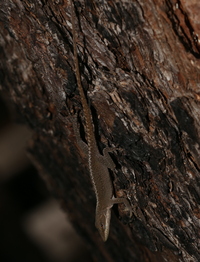 | Recorded by: David George
Onslow Co.
Comment: |  | Recorded by: B. Bockhahn
Pender Co.
Comment: |
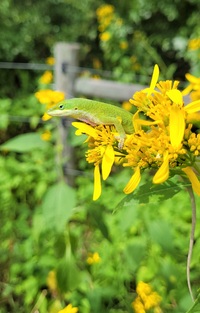 | Recorded by: Andrew W. Jones
Polk Co.
Comment: | 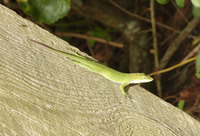 | Recorded by: R. Newman
Carteret Co.
Comment: |
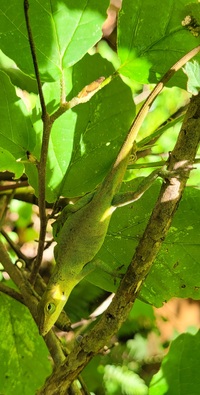 | Recorded by: Andrew W. Jones
Polk Co.
Comment: | 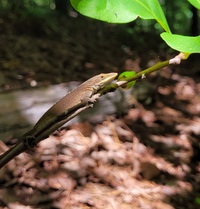 | Recorded by: Andrew W. Jones
Polk Co.
Comment: |
 | Recorded by: Erich Hofmann and Kayla Weinfurther
Brunswick Co.
Comment: |  | Recorded by: Andrew W. Jones
Polk Co.
Comment: |
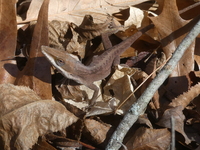 | Recorded by: Paul Hart
Harnett Co.
Comment: | 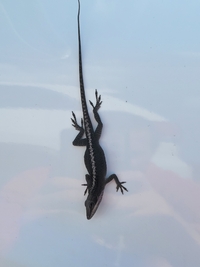 | Recorded by: Travis McLain
Cabarrus Co.
Comment: |
 | Recorded by: Travis McLain
Harnett Co.
Comment: |  | Recorded by: Travis McLain
Gaston Co.
Comment: |
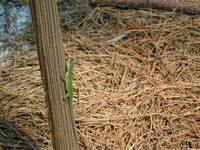 | Recorded by: G. Schneider
Onslow Co.
Comment: | 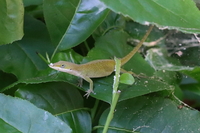 | Recorded by: Travis McLain
Montgomery Co.
Comment: |
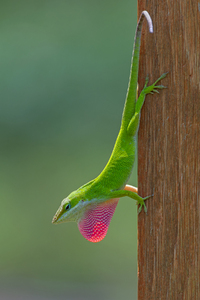 | Recorded by: Mark Shields
Onslow Co.
Comment: | 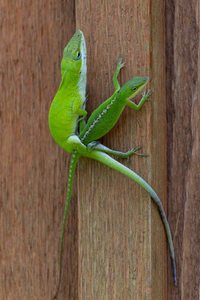 | Recorded by: Mark Shields
Onslow Co.
Comment: |
 | Recorded by: Travis McLain
Mecklenburg Co.
Comment: | 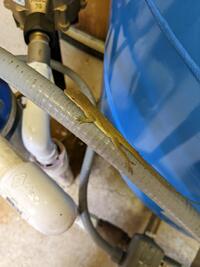 | Recorded by: J. Russell
Burke Co.
Comment: |
|

 »
» 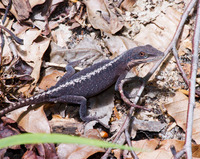
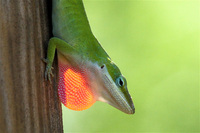
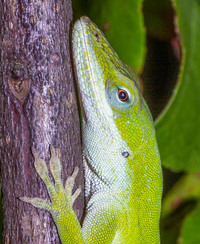


 »
» 


